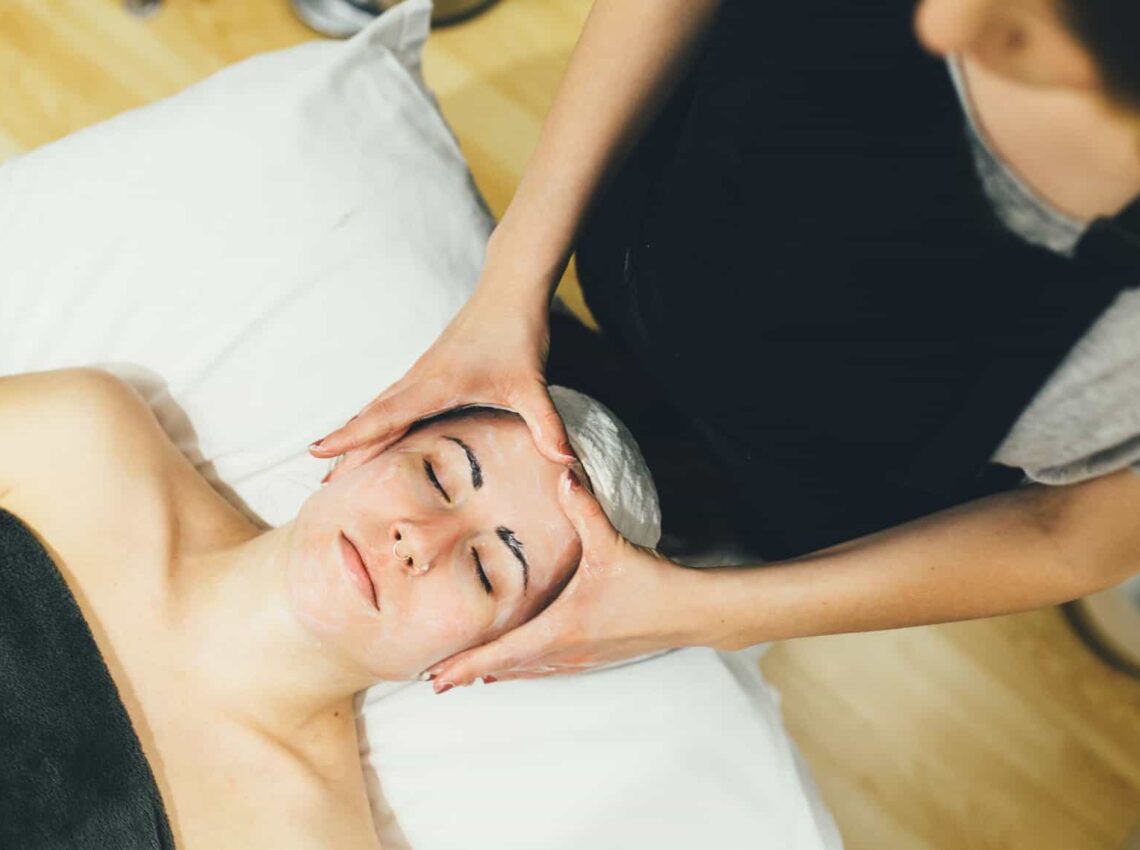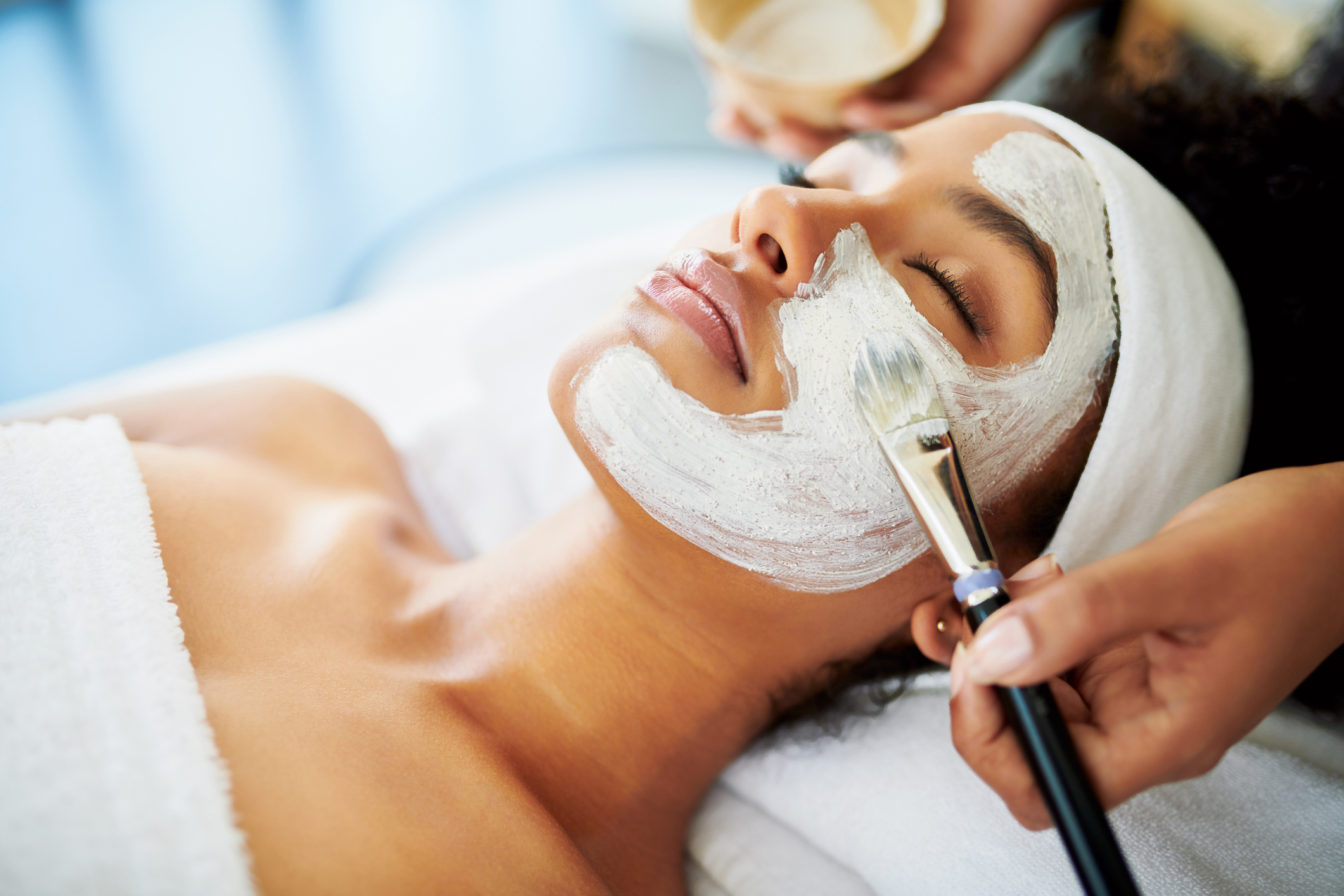How to Open Your Dream Spa in 2024: A Step-by-Step Guide

Are you a spa pro who dreams of opening your own spa one day? It may seem like a huge, scary task with many unknowns – costs, rules, hiring staff, getting clients. But don’t let those fears stop you! With some smart plans, you can make your spa dream real.
This guide gives you the key steps to open a spa, from A to Z. It has advice on big choices like where to open, what to offer, and how to pay for it all. By the end, you’ll feel ready to take the leap and launch your spa biz. Let’s dive in!
Planning Your Spa Business: Define Your Spa Concept
Before you start planning the nitty-gritty details of your spa, it’s crucial to have a clear concept in mind. What will set your spa apart from others in the area? Will you focus on a specific niche, like eco-friendly products or a particular style of massage? Defining your unique selling proposition (USP) will help guide your decisions throughout the planning process.
Consider your target market as well. Who do you envision as your ideal client? What are their preferences, needs, and pain points? Understanding your target audience will help you tailor your services, pricing, and marketing strategies to attract and retain clients.
Develop a comprehensive business plan
With your spa concept and target market in mind, it’s time to create a detailed business plan. This document will serve as a roadmap for your spa’s launch and future growth. Your business plan should include:
- Executive summary
- Company description
- Market analysis
- Competitive analysis
- Service offerings
- Marketing and sales strategies
- Financial projections
- Funding requirements
A well-crafted business plan not only helps you stay organized and focused but also demonstrates your spa’s viability to potential investors or lenders.
When developing your business plan, be sure to conduct thorough research and provide supporting data for your assumptions and projections. Analyze your local market, identify your target customer demographics, and assess the competitive landscape.
Clearly articulate your unique value proposition and how you plan to differentiate your spa from others in the area. Your financial projections should include a detailed breakdown of your startup costs, revenue streams, and expected profitability over the first few years of operation. Finally, outline your funding requirements and how you plan to secure the necessary capital to launch and grow your spa business.
Remember, your business plan is a living document that should be regularly reviewed and updated as your spa evolves and market conditions change. Treat it as a valuable tool for guiding your decision-making and keeping your team aligned with your overall vision and goals.
Legal and Operational Considerations
Before you dive into the fun parts of opening your spa, you must take care of key legal and business tasks. This will help you start off on the right foot and avoid issues down the road. Take time to study the rules for spas in your area. Make a list of all the steps you need to take to be in line with the law. It may seem like a lot at first, but it’s worth it to do things the right way.
Choose a legal business structure and register your business
Selecting the right legal structure for your spa is an important decision that can impact your taxes, liability, and ability to raise funds. Common options include sole proprietorship, partnership, limited liability company (LLC), and corporation. Consult with a business attorney or accountant to determine the best structure for your specific situation.
Once you’ve chosen a legal structure, register your spa with the appropriate state and local agencies. This typically involves obtaining an Employer Identification Number (EIN) from the IRS, registering with your state’s secretary of state office, and obtaining any necessary local business licenses or permits.
Find a suitable location
The location of your spa can greatly impact its success. Look for a space that offers:
- High foot traffic and visibility
- Easy accessibility for your target market
- Ample parking or public transportation nearby
- Sufficient square footage for your planned services and amenities
- Compliance with local zoning regulations and building codes
Consider the demographics of the area as well. Is it a good fit for your target market? Are there complementary businesses nearby that could drive traffic to your spa?
Obtain necessary equipment and spa supplies
Equipping your spa with the right tools and supplies is essential for providing top-notch services and creating a luxurious atmosphere. Your equipment needs will depend on the services you plan to offer but may include:
- Massage tables and chairs
- Facial steamers and magnifying lamps
- Manicure and pedicure stations
- Hydrotherapy tubs or showers
- Linens, robes, and slippers
- Product lines for retail and back-bar use
Research different equipment manufacturers and suppliers to find the best balance of quality and price for your budget.
Secure appropriate spa insurance
Protecting your spa with the right insurance coverage is crucial for managing risk and liability. Common types of insurance for spas include: General liability insurance
- Professional liability insurance
- Property insurance
- Workers’ compensation insurance
Work with an insurance agent who specializes in the spa industry to ensure you have adequate coverage for your specific needs.
Building your spa team
Having the right team in place is key to your spa’s success. Your staff will be the heart of your biz, so it’s vital to find people who are a great fit for your vision and values. Take the time to seek out folks who are not only skilled in their roles but also have a passion for helping others feel their best.
Recruit and hire qualified staff
Your spa’s staff will be the face of your business, so it’s important to hire individuals who are skilled, professional, and passionate about providing excellent customer service. Key positions to fill may include:
- Massage therapists
- Estheticians
- Nail technicians
- Receptionists and customer service representatives
- Spa managers or supervisors
Develop detailed job descriptions and conduct thorough interviews to find the best candidates for each role. Consider offering competitive compensation and benefits packages to attract and retain top talent.
Provide proper training
Even the most experienced spa professionals will need some training to ensure they understand and align with your spa’s specific protocols, standards, and brand identity. Develop a comprehensive training program that covers:
- Customer service and communication skills
- Safety and sanitation procedures
- Product knowledge and upselling techniques
- Spa-specific policies and procedures
Ongoing training and education can also help keep your staff engaged and up-to-date on the latest industry trends and techniques.
Marketing and Customer Acquisition
Develop a marketing strategy: To attract clients to your new spa, you’ll need a well-planned marketing strategy. Start by identifying your ideal client persona and the channels they are most likely to use when searching for spa services. This may include:
- Your spa’s website and blog
- Social media platforms like Instagram, Facebook, and Twitter
- Local search directories like Google My Business and Yelp
- Email marketing campaigns
- Print advertising in local publications
- Partnerships with complementary businesses or influencers
Develop a mix of marketing tactics that align with your target audience’s preferences and your budget.
Implement spa management software
Investing in robust spa management software can streamline your operations and enhance the customer experience. Look for a system that offers features like:
- Online booking and appointment scheduling
- Inventory management and product sales
- Customer relationship management (CRM) tools
- Marketing automation and email campaigns
- Reporting and analytics
A spa management software like GlossGenius can help you manage all aspects of your business from a single platform, saving you time and effort.
Prioritize exceptional customer service
In the spa industry, customer service is king. Providing a consistently excellent experience for your clients can lead to positive reviews, referrals, and repeat business. Train your staff to:
- Greet clients warmly and make them feel welcome
- Listen actively and respond to client needs and preferences
- Maintain a clean, safe, and relaxing environment
- Offer personalized recommendations and upsell appropriately
- Follow up with clients post-visit to gather feedback and encourage reviews
By prioritizing customer service, you can build a loyal clientele and differentiate your spa from competitors.
Financial Management and Operations
Running a spa involves more than just providing great services. To ensure your business thrives, you need to have a solid grasp of your finances and day-to-day operations. This means setting clear goals, tracking your progress, managing your inventory, and maintaining a safe and welcoming environment for your clients and staff.
Set realistic financial goals and track progress
To ensure your spa’s long-term success, it’s crucial to set realistic financial goals and monitor your progress regularly. This may include targets for:
- Monthly revenue and profit margins
- Average ticket size and client retention rates
- Product sales and retail performance
- Employee productivity and labor costs
Use your spa management software’s reporting features to track key performance indicators (KPIs) and make data-driven decisions about your business.
Implement efficient inventory management practices
Proper inventory management can help you avoid stockouts, reduce waste, and optimize your cash flow. Use your spa software to:
- Track product usage and sales trends
- Set reorder points and automate purchase orders
- Monitor expiration dates and rotate stock accordingly
- Conduct regular physical inventory counts
By staying on top of your inventory, you can ensure you always have the products you need while minimizing carrying costs.
Establish clear policies and procedures
Having well-defined policies and procedures can help your spa run smoothly and consistently. Develop written guidelines for:
- Booking and cancellation policies
- Sanitation and hygiene standards
- Employee conduct and dress code
- Cash handling and end-of-day reconciliation
- Emergency procedures and safety protocols
Regularly review and update your policies as needed to ensure they align with industry best practices and legal requirements.
Launch and Beyond
Before you open your spa to the world, take time to prep and test. This will help you work out any kinks and make sure things run smooth on the big day.
Consider a soft launch phase
Before your grand opening, consider conducting a soft launch to test your operations and gather feedback from a select group of clients. This can help you:
- Identify and resolve any issues with your services, products, or processes
- Train your staff in a real-world setting
- Generate buzz and collect testimonials for your marketing efforts
Use the insights gained during your soft launch to refine your offerings and ensure a smooth grand opening.
Plan a grand opening event
Your grand opening is an opportunity to showcase your spa to the community and generate excitement around your brand. Plan an event that:
- Highlights your unique selling proposition and spa concept
- Offers tours, demonstrations, and mini-treatments
- Provides special promotions or discounts for attendees
- Engages local media, influencers, and community partners
Promote your grand opening through your marketing channels and encourage attendees to share their experiences on social media.
Legal and Regulatory Compliance
To keep your spa running smoothly and avoid legal issues, it’s key to know and follow all the rules that apply to your biz. These laws help keep both you and your clients safe. They touch on things like health codes, employee rights, and how you handle private info.
Stay updated on relevant industry regulations
The spa industry is subject to various federal, state, and local regulations related to health, safety, and consumer protection. Stay informed about:
- Licensing requirements for your spa and individual practitioners
- Sanitation and infection control standards
- Labor laws and employee rights
- Data privacy and security regulations like HIPAA
Regularly review and update your compliance practices to ensure you are meeting all legal obligations.
Ensure compliance with health and safety regulations
Maintaining a clean, safe, and hygienic spa environment is essential for protecting the health of your clients and staff. Develop and enforce protocols for:
- Proper cleaning and disinfection of equipment and surfaces
- Safe storage and handling of products and chemicals
- Personal protective equipment (PPE) usage
- Handwashing and hygiene practices
- Ventilation and air quality control
Train your staff on these protocols and conduct regular audits to ensure compliance.
Opening a spa can be a rewarding and lucrative venture, but it requires careful planning, hard work, and attention to detail. By following the steps outlined in this guide, you can turn your dream of spa ownership into a reality.
Remember to stay focused on your vision, prioritize customer service, and adapt to the ever-changing needs of your clients and the industry. With dedication and perseverance, you can build a thriving spa business that makes a positive impact on your community and your bottom line.



